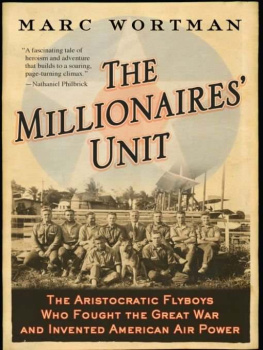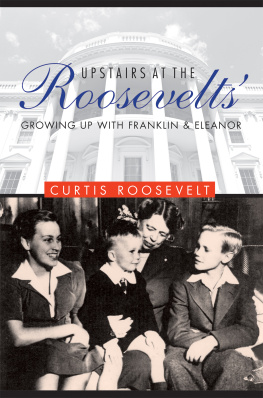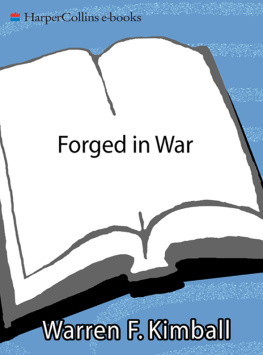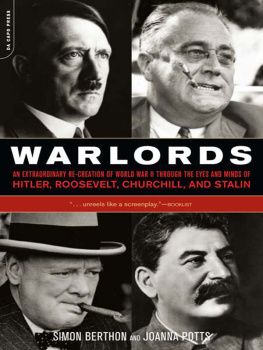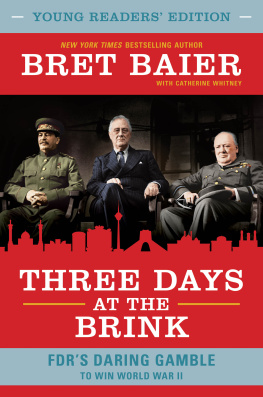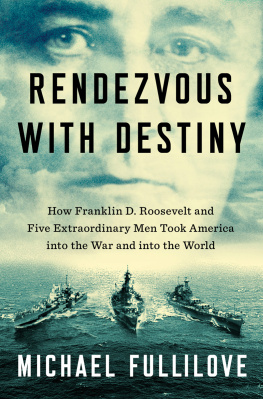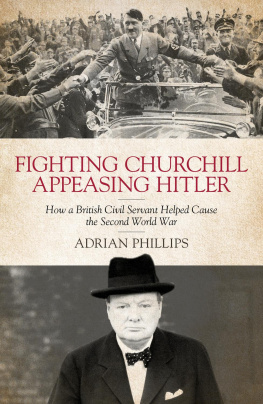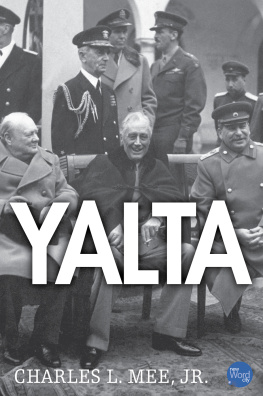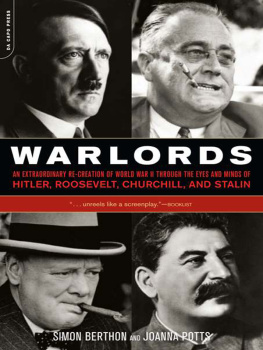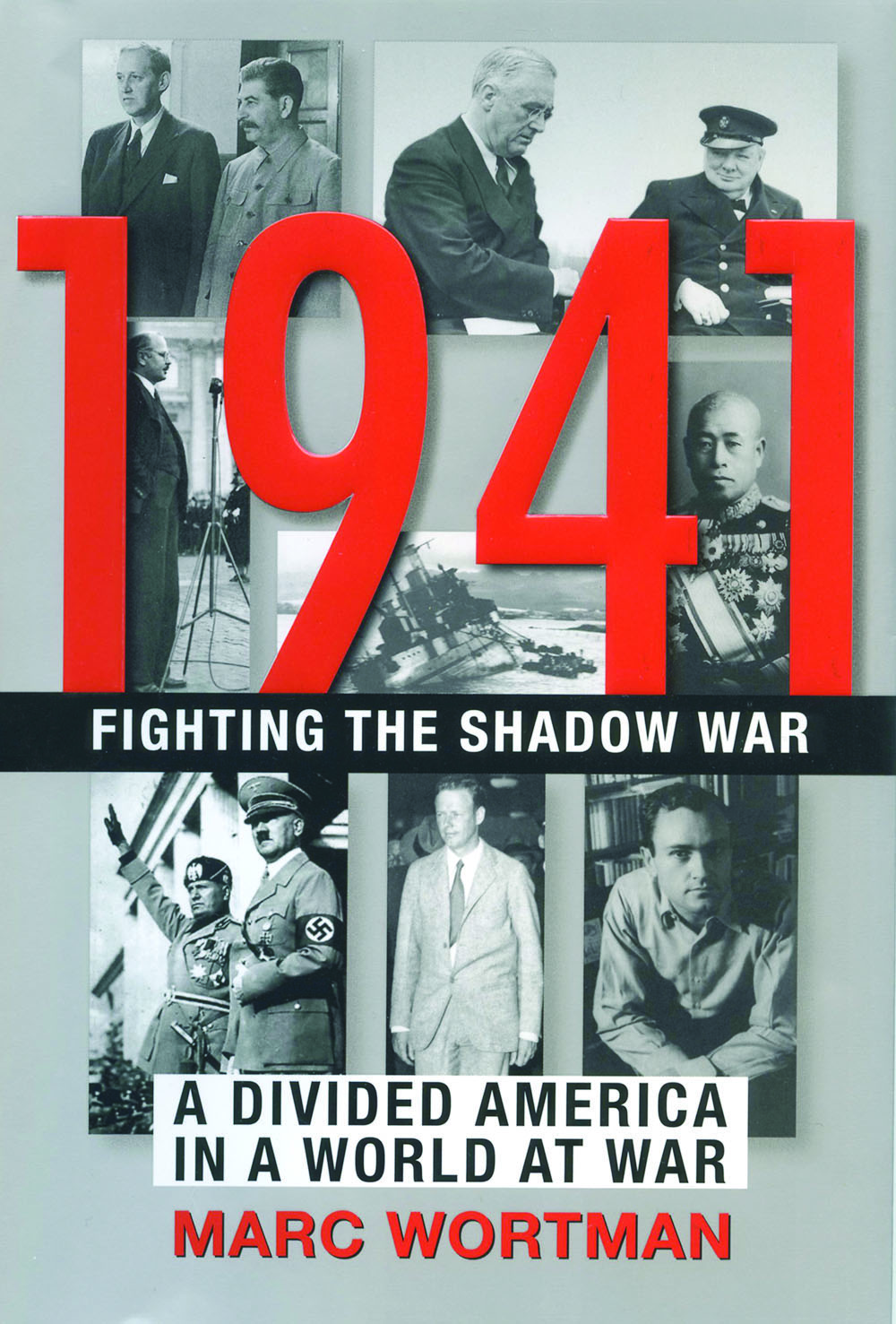1941
Fighting the Shadow War
Also by Marc Wortman
The Millionaires Unit: The Aristocratic Flyboys Who Fought the Great War and Invented American Air Power
The Bonfire: The Siege and Burning of Atlanta
1941
Fighting the Shadow War
A Divided America in a World at War
Marc Wortman

Atlantic Monthly Press
New York
Copyright 2016 by Marc Wortman
All rights reserved. No part of this book may be reproduced in any form or by any electronic or mechanical means, including information storage and retrieval systems, without permission in writing from the publisher, except by a reviewer, who may quote brief passages in a review. Scanning, uploading, and electronic distribution of this book or the facilitation of such without the permission of the publisher is prohibited. Please purchase only authorized electronic editions, and do not participate in or encourage electronic piracy of copyrighted materials. Your support of the authors rights is appreciated. Any member of educational institutions wishing to photocopy part or all of the work for classroom use, or anthology, should send inquiries to Grove Atlantic, 154 West 14th Street, New York, NY 10011 or .
Published simultaneously in Canada
Printed in the United States of America
ISBN 978-0-8021-2511-8
eISBN 978-0-8021-9032-1
Atlantic Monthly Press
an imprint of Grove Atlantic
154 West 14th Street
New York, NY 10011
Distributed by Publishers Group West
groveatlantic.com
For my children, Rebecca and Charlie, thoughtful readers
... public sentiment is everything. With public sentiment, nothing can fail; without it, nothing can succeed. Consequently he who molds public sentiment goes deeper than he who enacts statutes or pronounces decisions. He makes statutes and decisions possible or impossible to be executed.
Abraham Lincoln
First Lincoln-Douglas Debate,
August 21, 1858
Contents
: 1941
: Foreign Correspondents
: A New World
: That Prophecy Comes True
: Unneutral Acts
: Scooping Hitler
: Blitzkrieg Propaganda
: Shadowed by the G-Men
: The Roosevelt Brand
: Cassandra
: A Rising Sun
: Prairie Fire
: Aviation, Geography, and Race
: Indictments
: The Garden Hose
: How Do You Do?
: Intolerance
: Good Americanism
: Living in a Nightmare
: Volunteers
: The Strongest Fortress in the World
: Geographers
: Son of a Harness Maker
: The Obvious Conclusion
: At Last Weve Gotten Together
: The Rattlesnakes of the Atlantic
: Tenn
: The Undeclared War
: Son of Man, Son of God
: East Wind, Rain
: Rendezvous with Destiny
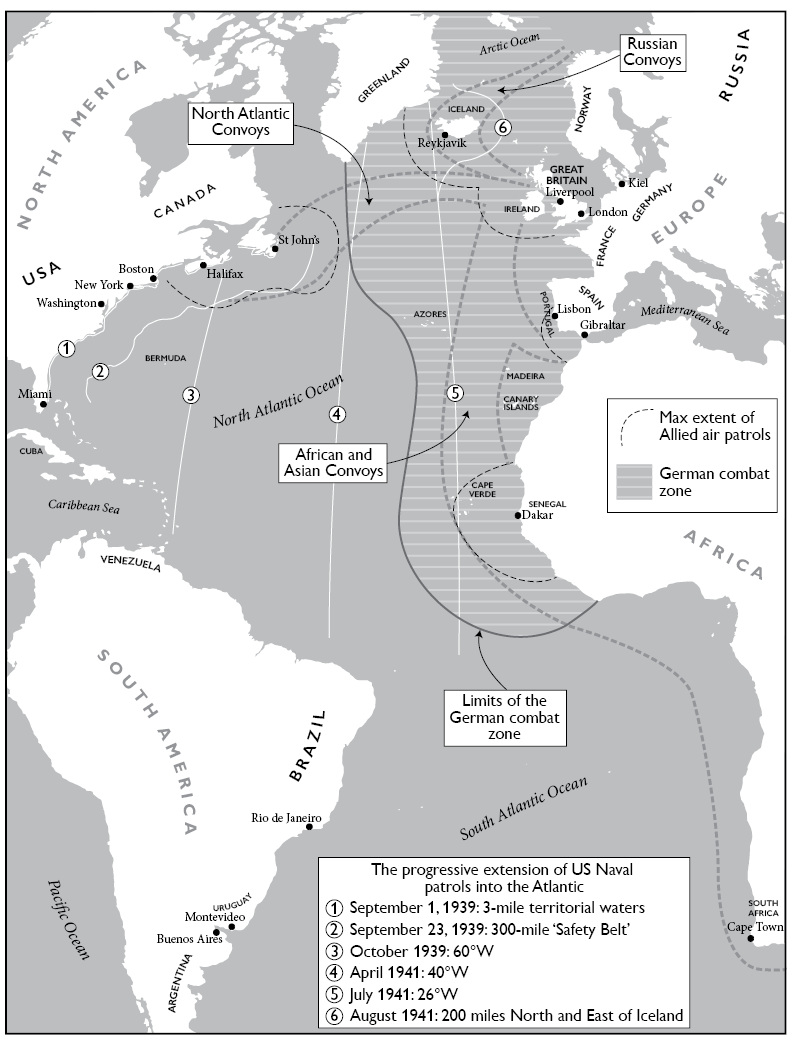
Map 2016 by Martin Lubikowski, ML Design
1941
Fighting the Shadow War
Introduction
1941
On September 1, 1939, a million and a half Nazi German troops poured across the border into Poland. Two days later the United Kingdom and France declared war on Germany, and World War Two began. Two years, three months, and four days later, December 7, 1941, 353 Japanese aircraft launched from six carriers attacked Pearl Harbor. Much of the United States Navys Pacific Fleet lay in ruins, and 2,403 Americans were killed. The following day, December 8, 1941, President Franklin Delano Roosevelt told the world that the United States of America was suddenly and deliberately attacked by naval and air forces of the Empire of Japan. On a date which still lives in infamy, a shocked and aroused America was thrust into the Second World War.
Or so the most widely accepted and oft-told story of the start of the Second World War goes. In reality, the story of Americas entry into the war was complex, contentious, and portentous, a tortuous and rocky trail too easily overlooked in the dazzling light of the four years of war that followed. Long before the attack on Pearl Harbor, the United States had been caught up in the war, fighting in the gray zone between its self-imposed neutrality as a nation officially and lawfully at peace with every nation on earth and its presidents declared intention to destroy Hitler and Nazism, drive Japans military out of China and Indochina, and liberate conquered lands from tyranny. The Axis powers of Germany, Italy, and Japan, and their collaborating leaders and nations, would not roll back quietly within their prewar borders in response to FDRs demands. Far from it.
Thus, at his behest, throughout 1941 American military leaders strategized for victory against the Axis, set up liaisons with unofficial allies in London and China, and began training American forces to fight overseas wars. The government started the process of building up its army, navy, and air forces in order to possess the firepower and heft capable of eventually winning global wars against massively mobilized, war-hardened great powers. The White House also pushed American military forces farther and farther into harms way and held summits with the leadership of unofficially allied nations, including Prime Minister Winston Churchill of Britain and Soviet leader Joseph Stalin. The country declared war after bombs dropped on Pearl Harbor, but well before then U.S. military personnel had come under fire, and had shot back. Americans had died in combat. America had been at war in all but name.
That story has not been told. Not in this way. Thats because Americans before Pearl Harbor refused to see themselves at war. In his famous and widely read February 17, 1941, Life magazine essay, The American Century, the powerful and influential Time, Inc., founder and publisher Henry R. Luce declared, We are in the war. The irony is that Hitler knows itand most Americans dont. Luce tried to pull the wool off his nations eyes. We are not in a war to defend American territory, he was brazen enough to admit. Even the term defense, he said, was full of deceit and self-deceit. Hitler understood this; so did Japans Imperial Council. Most of Luces countrymen did not.
While the United States became, through FDRs astute leadership and at times constitutionally questionable maneuvers, the Arsenal of Democracy and its military engaged in undeclared combat, the large majority of Americans wavered over supporting, or refused to support, anything that ran the risk of full-scale war. Most had yet to choose sideseven as FDR sought to persuade the country that its fate depended on turning back Hitler and Japan. Most Americans hated Hitler, and most sympathized with the people of Europe and China who were crushed under his and Japans boots, but poll after poll made plain that they hated foreign wars even more. Most Americans hoped the Allies would win, but many more were unwilling to offer more than hope: They would not let the U.S. military do any of the fighting to ensure victory.
Americans fought among themselves at home, instead, caught up in an increasingly bitter war of words. The passionate isolationists had plenty of support in Congress, which passed legislation expressly forbidding direct trade with belligerent nations and, even while creating the first-ever peacetime draft army, prohibited conscripts from fighting overseas. To deal with trade, military, and geographical restrictions, FDR learned to interpret the Constitution and read a map in ways no president ever had before him. And through speeches, fireside talks, and press conferences, he pursued what he called longtime education to awaken his nation to the possibility of war and all that might entail. At the same time, he recognized the political realities of a balky Congress and a resistant citizenry, and refused, he said, to bind his nation to anything which would require a definite response or action on the part of anybody.


